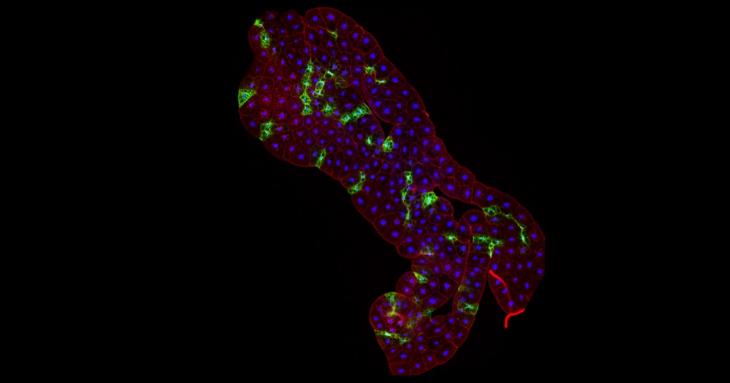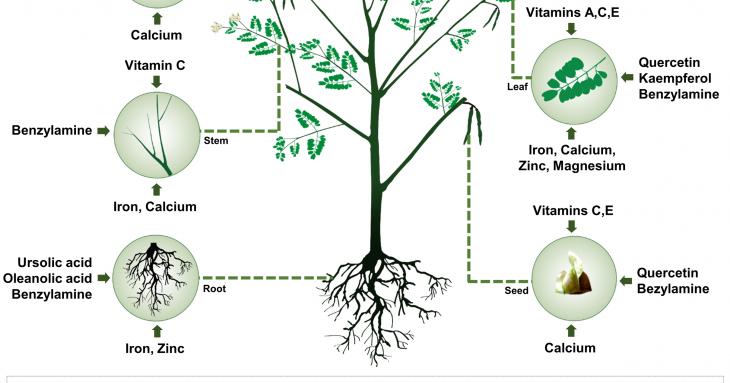-
Meet Annamma Spudich: A molecular biologist who is reviving ancient India's healing knowledge
Spudich, in collaboration with National Centre For Biological Sciences (NCBS), Bengaluru, was recently invited by Google Cultural Institute to curate an online exhibit of her works. The institute was launched in 2011 to make important cultural material available and accessible to everyone and to digitally preserve them. It partners with renowned institutions to make exhibition and archival content available online. -
Researchers describe a new genus and species of rain-loving snake from Northeast India
The newly described snake belongs to the family Colubridae—the largest family of snakes with more than 1,700 species. The family name comes from the Latin word for snake—coluber. S. atemporalis falls under Natricinae, a subfamily of colubrid snakes that are found in or near water, and have rotund bodies and heads that are broader than their bodies.
-
Newly discovered gecko named after Tejas Thackeray
A newly discovered species of gecko, a nocturnal and often highly vocal lizard usually found in warm regions, which was discovered in Tamil Nadu by NCBS researchers, has been named after Tejas Thackeray.
-
Medicinal properties of drumstick tree unravelled
Researchers have finally unravelled how each part of drumstick (Moringa oleifera), the “magic tree”, is nutritionally rich compared with other plants such as rice, papaya, spinach and cocoa. All the five tissues — stem, root, leaf, flower and seed — of drumstick studied were found to be rich either in certain vitamins or essential minerals.
A team led by Prof. Ramanathan Sowdhamini from the National Centre for Biological Sciences (NCBS), Bengaluru analysed the genes on complimentary DNA (cDNA) of all the five tissues.
-
Bengaluru scientists crack Moringa mystery
Researchers at the National Centre for Biological Sciences (NCBS) uncovered an elaborate biochemical factory inside the Moringa plant, leading to the production of five drug-like molecules and three vitamins (vitamin A, C, E).
-
A molecular rheostat for insulin signalling
A mutant fruitfly strain studied by researchers from the National Centre for Biological Sciences (NCBS), Bangalore, may hold the key to understanding what goes wrong with insulin signalling in type-2 diabetes. When raised on a high-sugar diet, normal flies show a 25% increase in blood sugar levels; but the mutant flies—which lack the enzyme PIP4K (short for phosphatidylinositol 5 phosphate 4-kinase)— have normal blood sugar levels when raised on a high-sugar diet.
-
‘Not natural’: Why is Kerala seeing more forest fires this year?
Recently, six scientists, Abi Tamim Vanak, Ankila Hiremath and Nitin Rai of the Ashoka Trust for Research in Ecology and the Environment; Raman Sukumar of the Centre for Ecological Sciences at the Indian Institute of Science; Jayashree Ratnam of the National Centre for Biological Sciences; and Tarsh Thekaekara of
-
Genomics uncovers the mystery of the magic drumstick tree - Moringa oleifera
Did you ever wonder why our grandmothers insisted on having a Tulsi plant (Holy Basil) in front of the house and a Moringa (Drumstick) tree in the backyard? Each and every part of the drumstick tree has a medicinal value and is a rich source of nutrients and minerals.
-
The insect-eating bats of Chikmagalur
With nearly 60% of land in India being used for agricultural purposes, biodiversity loss is a major concern. In a recent study, researchers led by Shasank Ongole from the National Centre for Biological Sciences (NCBS), Bangalore, studied the diversity of insectivorous bats in coffee plantations in the Chikmagalur district of Karnataka.
-
How British Sentimentality Shaped a Corner of the Nilgiris
Atul Joshi, a PhD student at the National Centre for Biological Sciences, Bengaluru, said that the prevailing attitude towards ecosystems like forest-grassland mosaics and savannahs hasn’t changed much. In a paper he co-authored last year, he described how the historical forester blamed fires and indigenous communities’ cattle-grazing for the “bleak” grasslands, and sought to rejuvenate the “degraded landscape” by planting exotic tree species.















